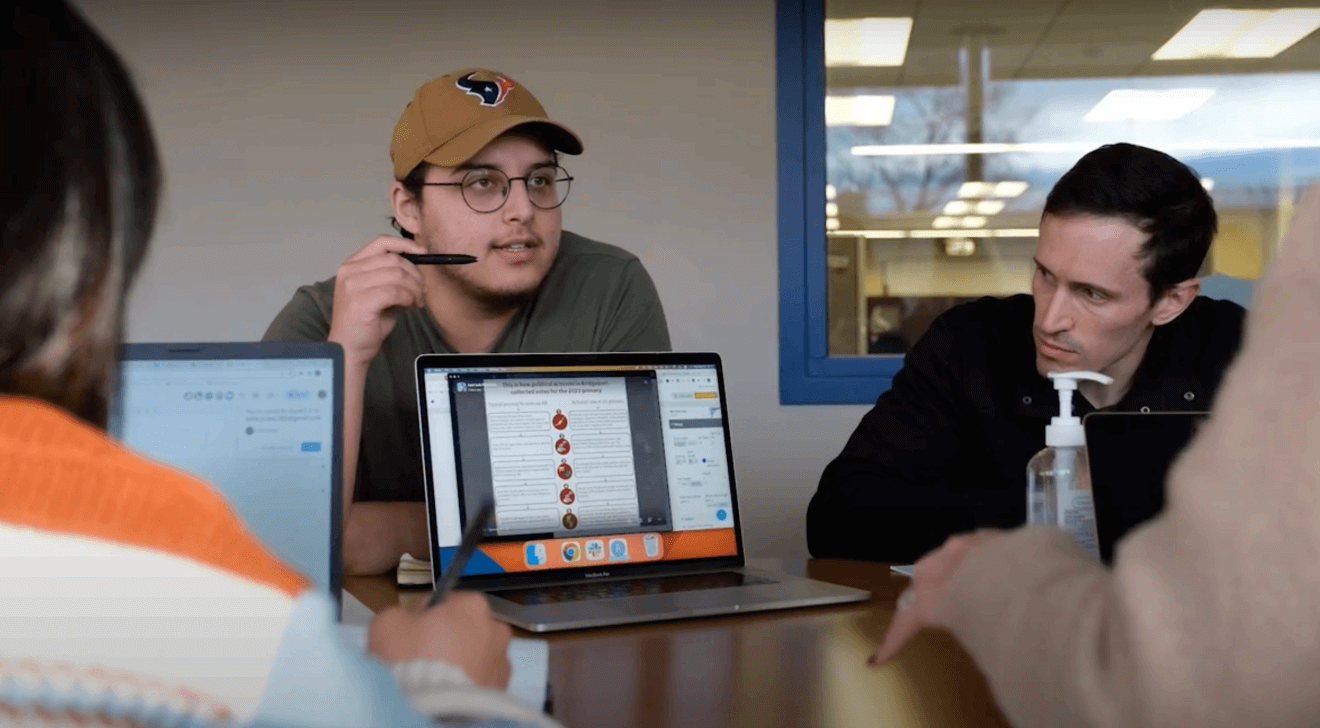This is the first in our summer series sharing how-tos, tips and guides from the 2023-2024 Poynter-Koch Media and Journalism Fellows. First up, José Luis Martínez, a data reporter at The Connecticut Mirror. CT Mirror is a 14-year-old digital nonprofit newsroom that covers politics, policy and government. Martínez’s project, “Behind the Numbers,” won our top fellowship prize.
The project “Behind the Numbers” aims to build trust by showing readers the how and why behind the CT Mirror’s data.
“There are three pillars,” Martínez said via email. “1. It all starts with getting reporters more comfortable with data skills. 2. Exploring the ethics behind how to make use of the data behind the scenes and in our stories. 3. Making the entire process transparent to our readers.”
The end goal, he said, is for reporters to build data gathering and analysis skills, to share their work publicly and to have an official data ethics policy.
“Here’s an example of a data explanation post we made for our readers for an investigation we published late last year. An offshoot of all this work would be that readers can verify our work themselves and see our decision-making process. They can correct us, provide feedback, and get an insight behind how we do what we do. One way I think about it is how in school we had to show our work in math class!”
Another way of showing your work is through a data ethics policy. A lot of newsrooms have ethics policies, but data ethics?
“Although data can make a story authoritative, it can also make it misleading,” he said. “This can be done by omitting certain data, misinterpreting it, disregarding its caveats, or making a small mistake in the analysis. To avoid any of those problems in our reporting, it’s important to have a ‘compass’ to guide us, in this case, the data ethics policy. It’ll include general guidelines for our reporters on how to approach the data we use. The more nitty-gritty details on how we mess with the data is part of the ‘show our work’ process where we share our code/documentation. Both go hand-in-hand. Our data ethics policy is our promise to readers and our ‘show our work’ process is us delivering on those promises.”
The process of building a data ethics policy at the CT Mirror has been collaborative, starting with a small group of people, rough drafts and working through them with editors. Martínez and his colleagues are currently getting ready to present a draft to their editors.
If you want to start working on a data ethics policy for your newsroom, he recommends researching how data science organizations approach data ethics.
“They work with much more complicated data, so their experience with any major pitfalls or opportunities is present in their mission and policies,” he said. “Going through coding tutorials that academics write is helpful since they always point out good practices, any manifestos from data associations, or even any blogs from data scientists/analysts themselves is helpful. And of course, checking out The Markup’s data ethics policy is a great start to see what other newsrooms are doing.”
Next, look at your own data work and any mistakes you’ve made.
“Where have you messed up an analysis, misrepresented a visualization, or when have you forgotten a certain caveat in the data? Our mistakes are our best guide in what we can improve in the transparency process,” he said. “And throughout this whole process, it’s important to not just include people who work with data, as they have valuable insights that could be missed by those who work with data day in and day out.”
So again, the steps are:
- Study other data ethics policies from data science organizations and newsrooms that have them.
- Look into your own data work for mistakes and misrepresentations to see where you need more transparency.
- Work across the newsroom and not just with people involved with data day to day.
- Build, test, present, repeat.
- And finally, Martínez said, make it fun.
“Data can be intimidating. Readers could glance over a paragraph full of numbers because it’s overwhelming,” he said. “And honestly, can we blame them? Although we might have spent days/weeks on an analysis, it doesn’t mean our readers have to pay attention to it. At the end of it all, we’re telling a story through numbers and to make it a worthwhile story, we have to inject it with great design, simplicity, and authority. This doesn’t mean getting bogged up in the latest technologies, but instead thinking about how the reader’s mind acts as they scroll through a story.”
A version of this story originally ran in Local Edition, our newsletter for and about local news.





